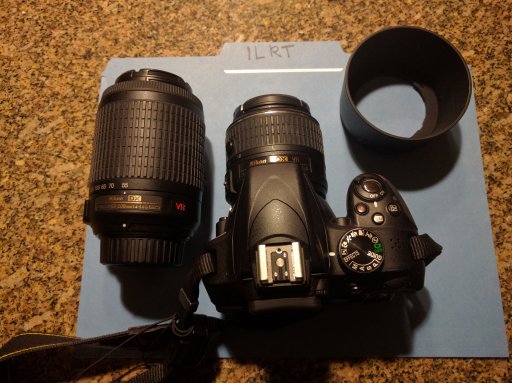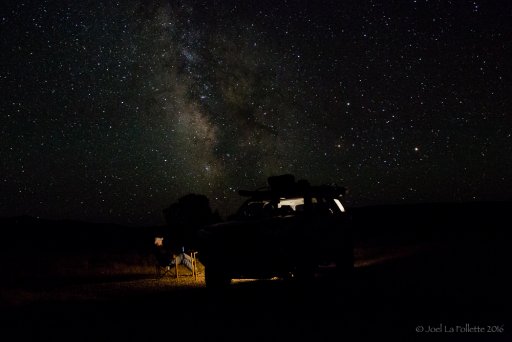Hello,
My parents have a pretty sweet Nikon D3300 and I want to borrow it and try out some night sky shooting. When we head out overlanding the light pollution is next to zero so I figure it’s the perfect opportunity. Yes, I could google this but I don’t want to get lost in an ocean of info if I can get some one-on-one info.
So here is my question, with the below lenses/equipment, does anyone have any advice, websites, blogs, etc that they can share with me. Would love to get some silhouettes with stars, milky way, and try some star streak shots too. Any input or direction would be a great help.
Camera: Nikon - D3300 DSLR Camera
Lenses: Nikkor ED 18-55mm F3.5-5.6G and Nikkor ED 55-200mm F4-5.6G
Equipment: Tripod
Software: Photoshop

My parents have a pretty sweet Nikon D3300 and I want to borrow it and try out some night sky shooting. When we head out overlanding the light pollution is next to zero so I figure it’s the perfect opportunity. Yes, I could google this but I don’t want to get lost in an ocean of info if I can get some one-on-one info.
So here is my question, with the below lenses/equipment, does anyone have any advice, websites, blogs, etc that they can share with me. Would love to get some silhouettes with stars, milky way, and try some star streak shots too. Any input or direction would be a great help.
Camera: Nikon - D3300 DSLR Camera
Lenses: Nikkor ED 18-55mm F3.5-5.6G and Nikkor ED 55-200mm F4-5.6G
Equipment: Tripod
Software: Photoshop












